A Guide To Raising Goats
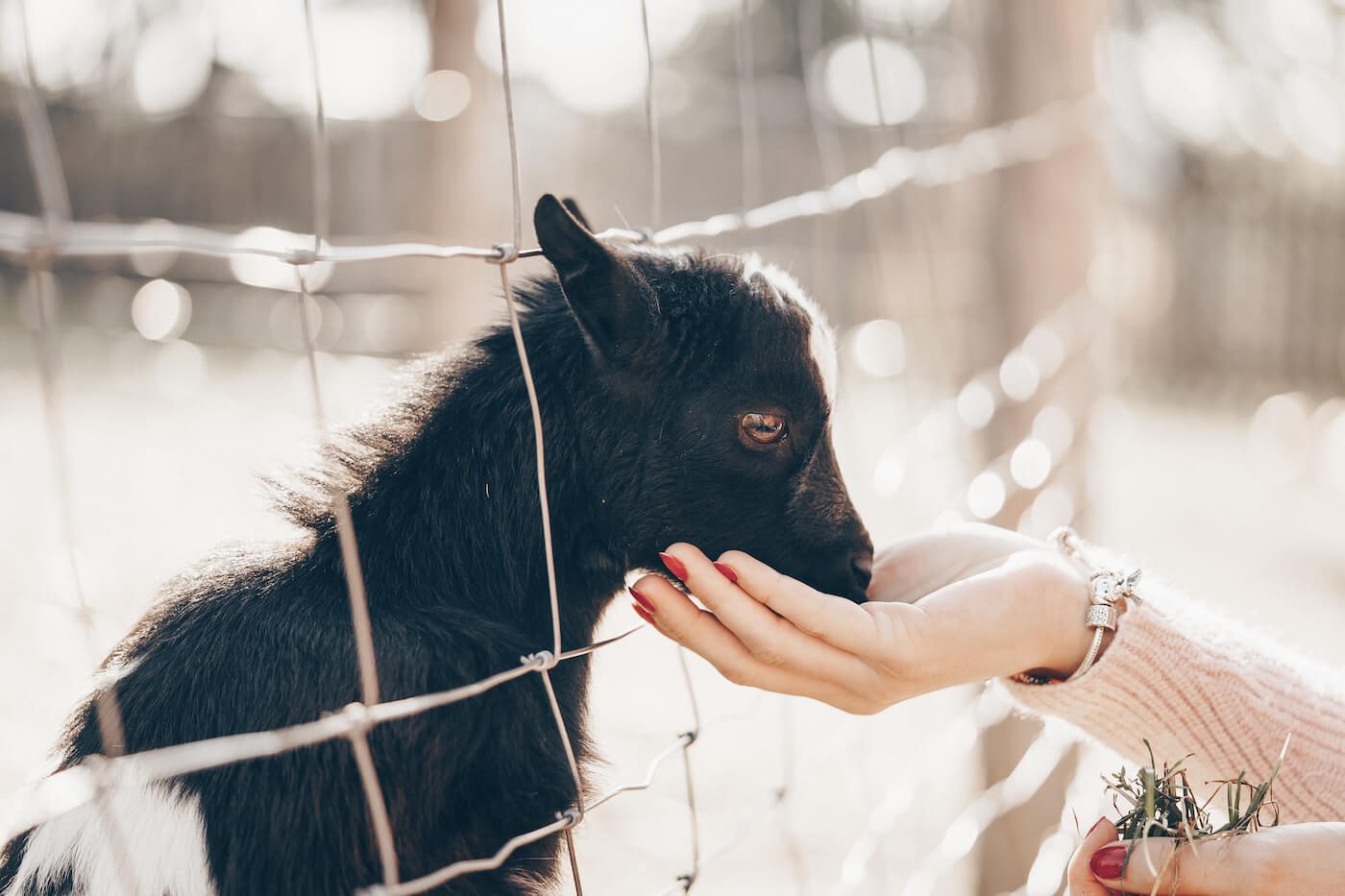
Have you ever wanted to move to a hobby farm? Or maybe you live in a farmhouse with a couple acres of land and want to raise farm animals, but aren’t sure where to start. Well, welcome to raising goats. Goats are an excellent source of dairy, meat and natural fertilizer for your garden for starters. Deborah Niemann, in her book Raising Goats Naturally, gives us tips for starting on this journey. “You will probably discover that goats are easier to keep than you imagined,” she writes.
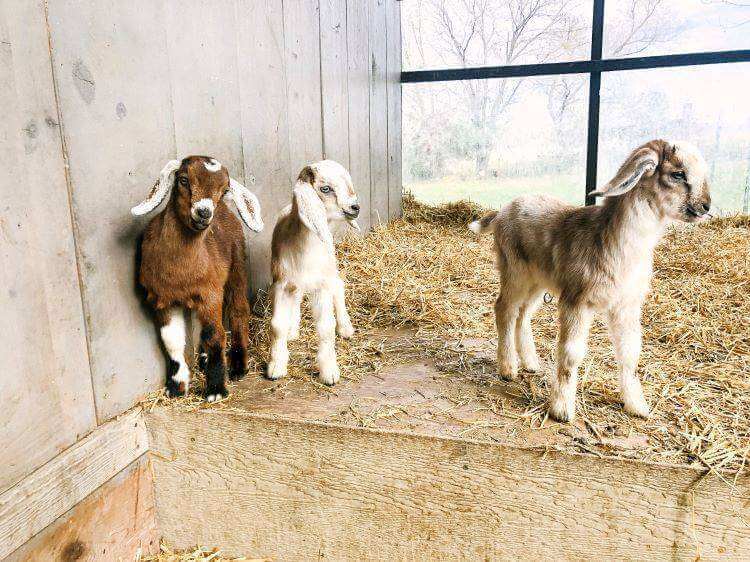
What are Goats Good For?
- Milk
- Cheese
- Yogurt
- Sour cream
- Buttermilk
- Coffee creamer
- Soap
- Meat
- Leather
- Adorable kids
- Natural fertilizer
- Memories
Milk, Cheese and Cream, Oh My!
If you are interested in living a more self-sufficient lifestyle, goats make a lot of sense. They are an excellent source of milk, which can in turn yield not only great, fresh milk but also cheese, yogurt, buttermilk, sour cream, coffee creamer and even soap.
A small flock of goats has supplied “100 percent of our cheese for the last few years,” Niemann writes. “We have made 18 different types of cheese and counting.”
Just because you use goat milk doesn’t mean you can produce only chèvre, the cheese most people picture when they hear the term “goat cheese.” Cheddar, Gouda, soft cheeses, hard cheeses and aged cheeses are all on the table as to what you can make with goat’s milk.
Making your own cheese from your own source of milk is a gift that keeps on giving. “Aged cheese lasts forever,” Niemann explains, “because a traditional cheese cave does not need electricity, storing cheese in one is a sustainable method of food preservation.”
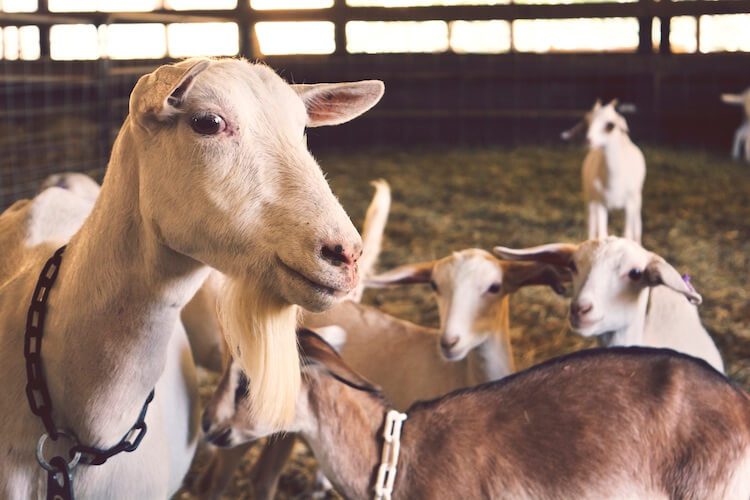
Goat Meat
Raising goats also gives you meat. Goat meat is lower in fat than beef, pork, lamb or chicken. Those who do choose to use some of their goats for meat can be reassured knowing their animals were well fed and cared for.
Niemann, who actually started out vegetarian but began to eat meat a few years into raising goats, reflects, “I sleep better at night knowing that the animals producing my food have names rather than ID umbers, and are loved and respected.”
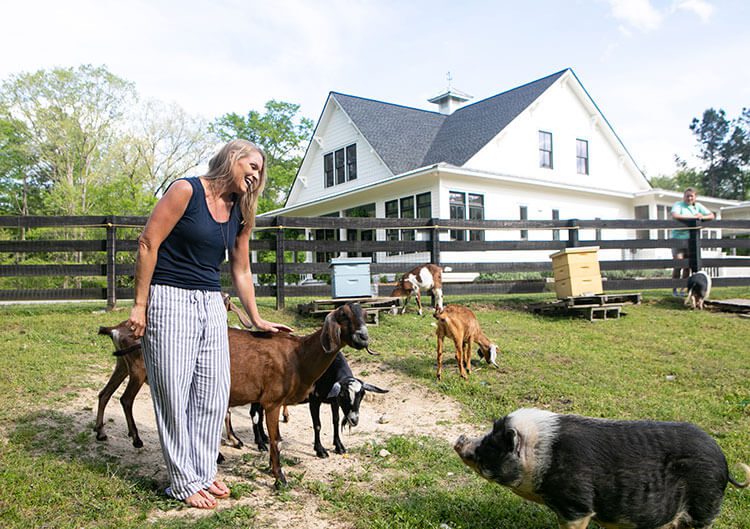
Advantages Over Other Livestock
If you want to raise your own dairy and protein source, raising goats is a great choice simply due to their size and relatively low maintenance.
Goats are smaller than cows. This may seem obvious, but it has far-reaching implications. Especially for those who didn’t grow up in homes that raised livestock, a cow is a lot of animal to handle. Since goats are much smaller, they are easier to milk and to maneuver. Their size also means they eat less, they create less waste for you to clean, and their housing and equipment needs are less demanding—all of which makes it easier on the new homesteader’s daily life and wallet.
Benefits of Raising Goats for Your Farm
Goat droppings make great fertilizer for your edible garden. The whey leftover from straining goat’s milk can go to feed dogs and chickens. Moreover, knowing and loving the source of your food makes you all the more grateful for their gifts to you. And that is more than worthwhile; it is priceless.
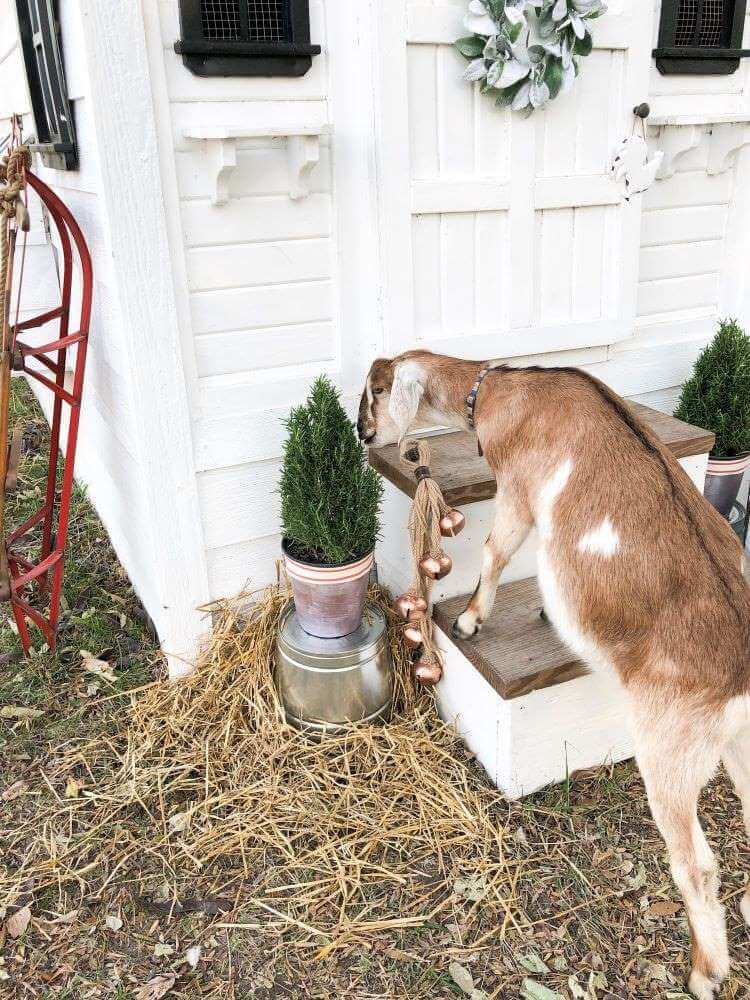
Equipment and Supplies
Bedding: Straw and wood chips to insulate goats and soak up/cover their waste.
Shelter: Goats can withstand cold temperatures but need somewhere they can stay dry like a barn with a “doggy door” so goats can come and go as they please. You’ll also want to winterize your animals.
Milking stand: Niemann suggests setting this up indoors, separate from where the goats live so all the other goats don’t fight to join the milking party!
Fencing: When considering what kind of fencing to use so your goats don’t escape, keep in mind that goats are great at jumping and kids can crawl underneath any space between the fence and ground.
Hoof Trimming: Goats need their hooves trimmed every month or two not just for their posture, but also to prevent infection. Mountain goats naturally wear their hooves down, but since yours won’t be climbing rock faces, you will need to trim them.
Feed: Green grass, weeds, browse and hay. Goats can pasture, but need supplemental nutrition, especially minerals. Be sure the mineral supplements are meant for goats in particular since their needs are different from other livestock—even sheep.
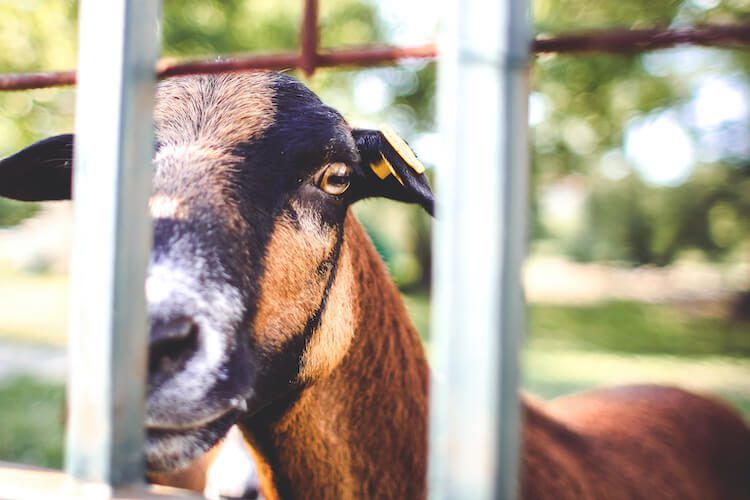
First Aid Supplies
- Alcohol – to clean the area before making an injection to void infection
- Drenching syringe – for oral medications or herbal tinctures
- Gauze pads – for cleaning wounds
- Hydrogen peroxide – for flushing wounds
- Syringes and needles – for administering antibiotics
- Thermometer – goat temperature is taken rectally, o designate a goat-only thermometer
Article originally published in New American Homesteader magazine. As an Amazon Associate, American Farmhouse Style earns from qualifying purchases.
Tour this working goat farm with stellar farmhouse style. Of course, don’t forget to follow us on Instagram, Facebook and Pinterest for your daily dose of farmhouse inspiration!












